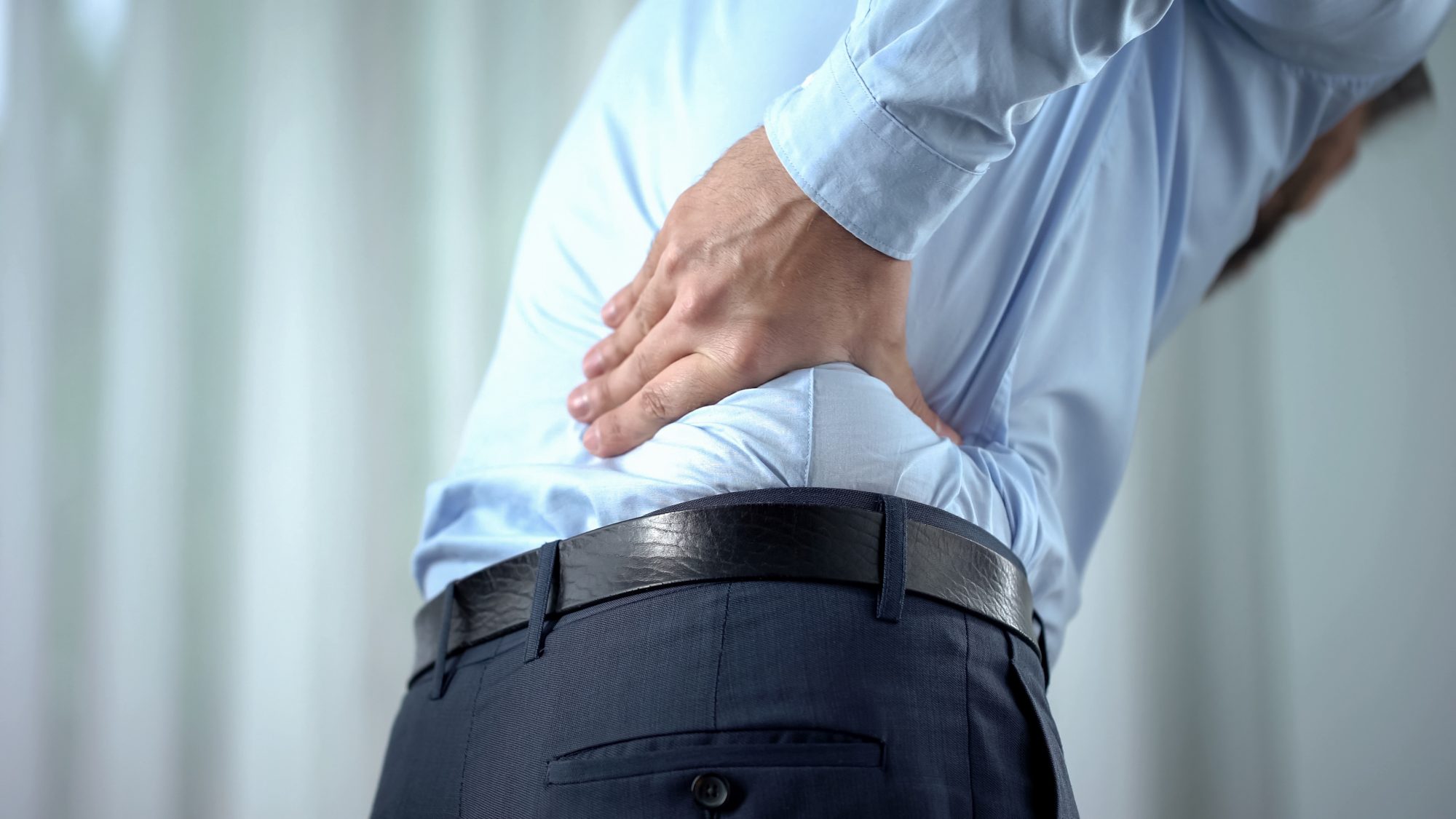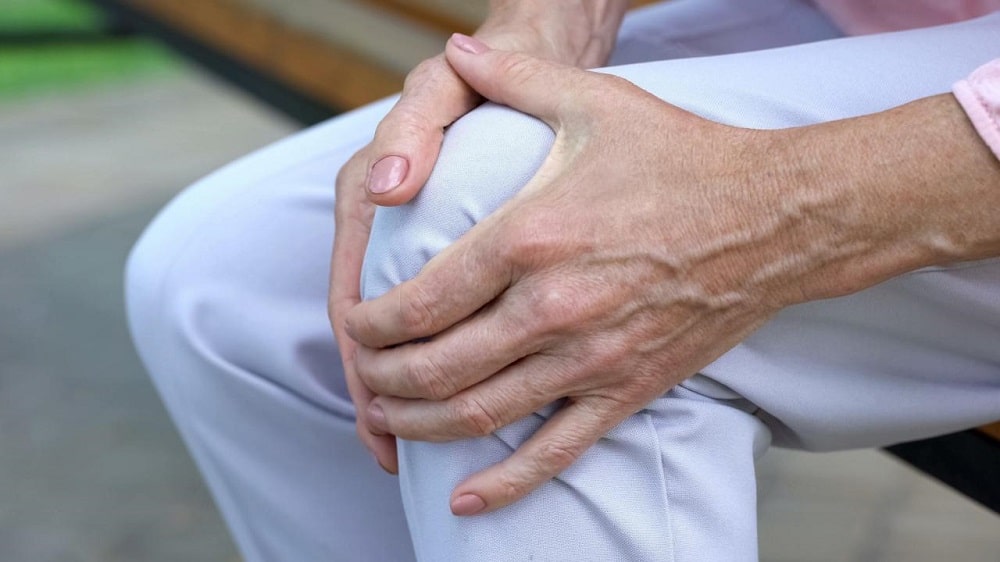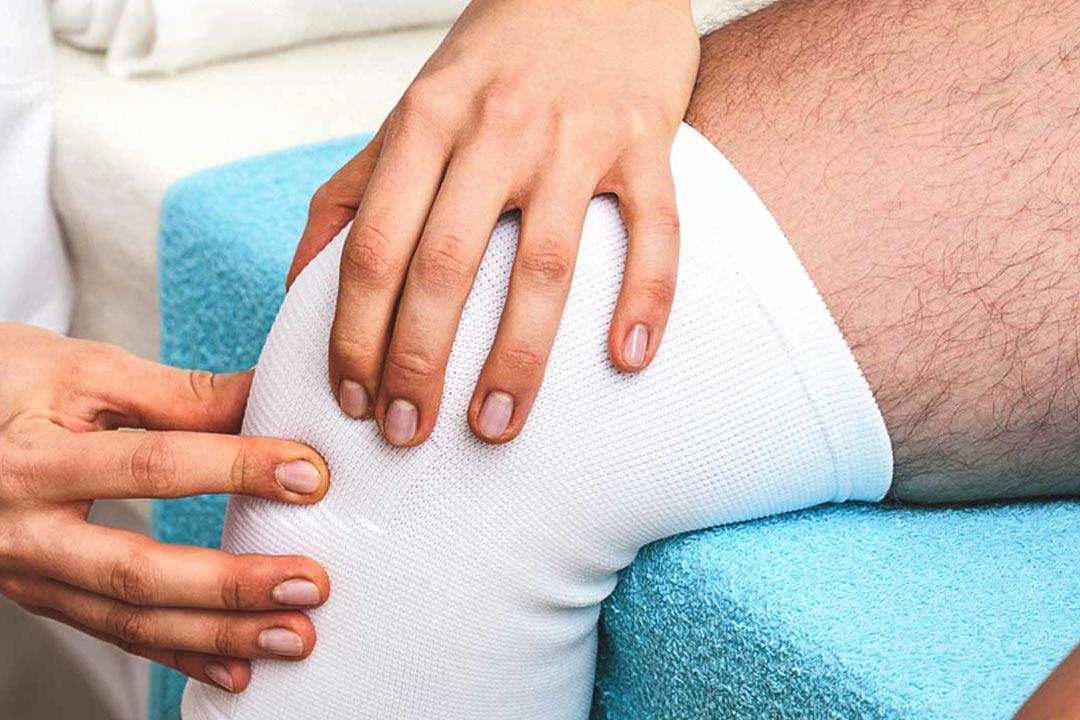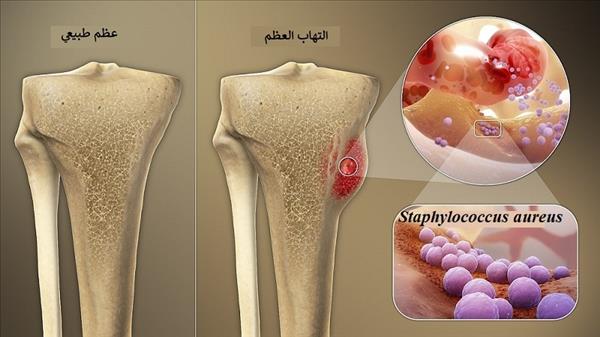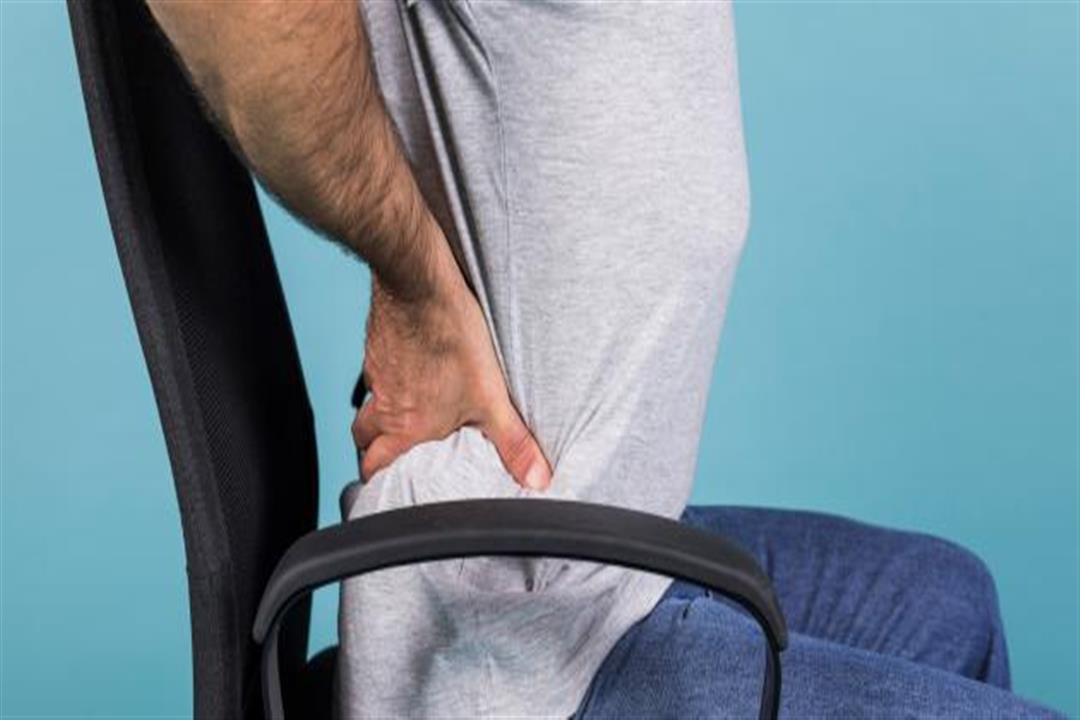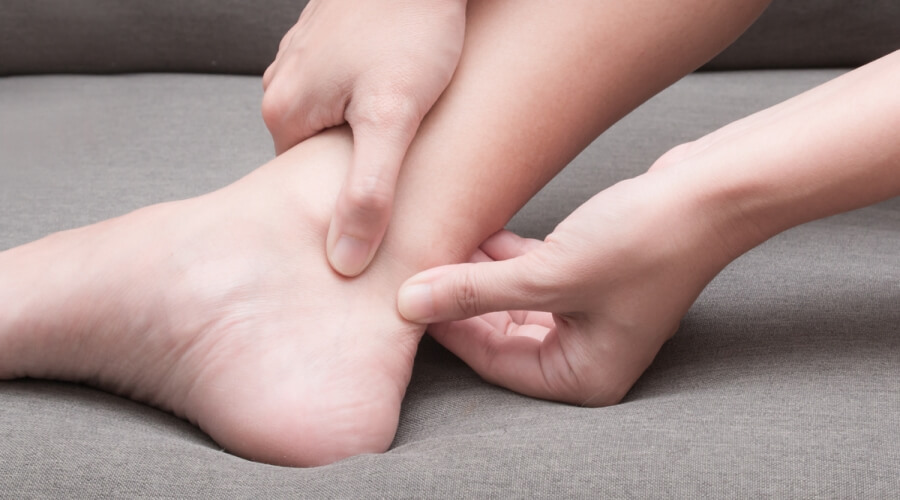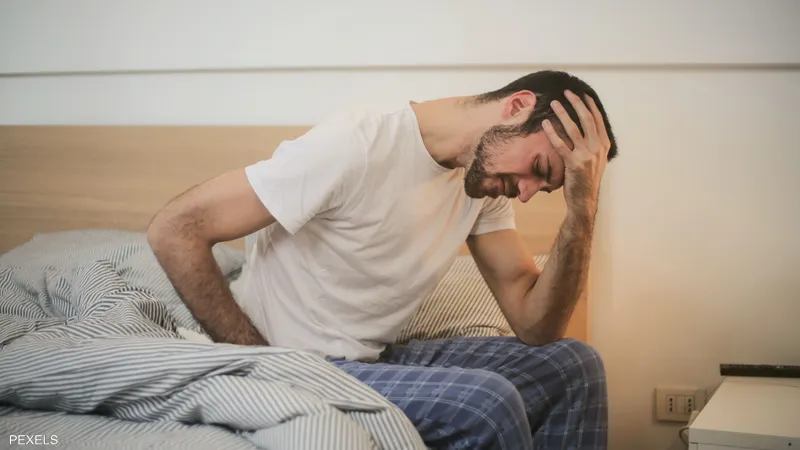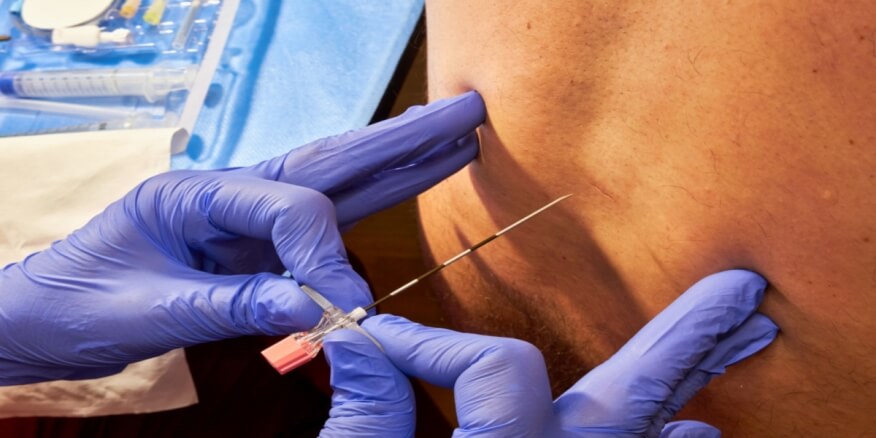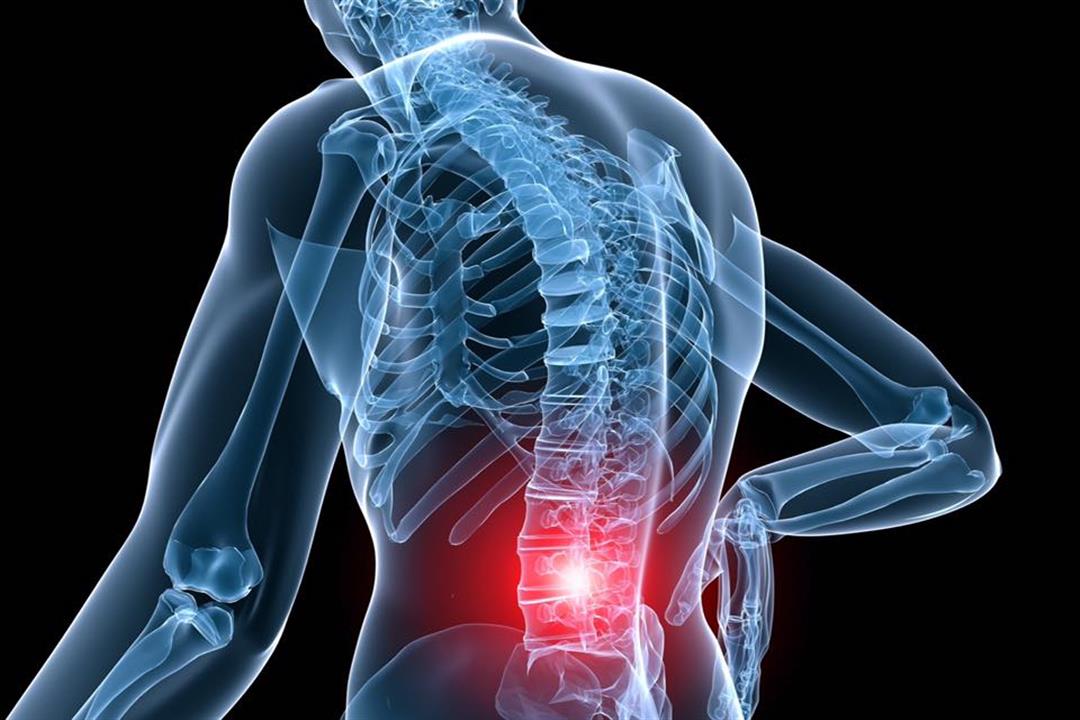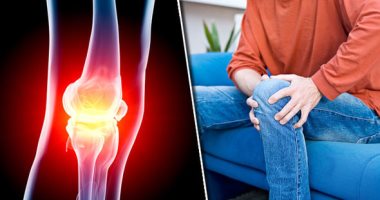Learn About the Symptoms of Lower Back Disc and Whether Recovery Is Possible?
Symptoms of Lower Back Disc Herniation
Herniated discs in the lower back can be painful and affect the daily lives of those affected. In this list, we will explore some common symptoms of lower back disc herniation.
- Back Pain Radiating to the Legs: People with herniated discs may experience sharp pain in the lower back that radiates down one or both legs. Pain may worsen when sitting for extended periods or during daily activities.
- Numbness and Weakness in the Legs or Feet: An unusual sensation of numbness in the legs or feet can be a sign of lower back disc herniation. This numbness may be accompanied by weakness in the leg or foot muscles, making it difficult for the affected person to walk or perform daily activities normally.
- Back Pain When Coughing, Sneezing, or Urinating: When a person has a herniated disc in the lower back, pressure on the spine increases when coughing, sneezing, or bearing down while urinating, causing back pain. These symptoms can be uncomfortable.
- Severe Pain in the Foot, Thigh, and Leg: In cases of severe disc herniation, the affected person may experience intense pain in the foot, thigh, and leg. This pain can be debilitating and restrict the normal use of the foot.
- Feeling Cold or Numbness in a Part of the Body: People with lower back disc herniation may feel tingling, numbness, or even coldness on one side of their body compared to the other. This sensation can be uncomfortable and have a negative impact on daily life.
- Back Pain When Sneezing or Coughing: Sneezing and coughing can sometimes cause back pain, which can become more severe in the case of lower back disc herniation due to increased pressure on the affected area.
- Severe Pain in Acute Injuries: In cases of severe disc herniation, the affected person may suffer from severe pain in a specific area of the foot, in addition to the back, buttocks, thigh, and leg. The pain may be sharp and affect the ability to move normally.
In conclusion, if you are experiencing any of these symptoms, it is advisable to consult a doctor immediately to assess your condition and guide you toward appropriate treatment. In some cases, surgery may be necessary to avoid potential complications in the future.
What is the Treatment for Lumbar Disc Herniation?
When lumbar disc herniation occurs in the lower spine, it can cause painful and bothersome symptoms. To alleviate these symptoms and treat lumbar disc herniation, various options and treatments are available. In this article, we will take a look at some of the available methods for treating lumbar disc herniation:
- Traditional Medical Treatment: These options include the use of medications to relieve pain and reduce inflammation, such as non-steroidal anti-inflammatory drugs (NSAIDs) and pain-relieving medications. The doctor may also recommend applying ice or heat to alleviate pain.
- Physical Therapy: This includes a range of exercises and therapeutic measures aimed at strengthening the muscles around the back and improving flexibility and mobility. Some types of physical therapy may include rehabilitation exercises, posture and balance improvement exercises, and stretching and massage techniques.
- Epidural Steroid Injections: In this method, needles are used to inject substances such as corticosteroids and anesthetics at the affected site. This treatment can help alleviate pain and inflammation associated with lumbar disc herniation.
- Shockwave Therapy: This therapy involves sending high-frequency sound waves to the area of lumbar disc herniation in the lower spine, which can help improve healing and reduce pain.
- Surgical Treatment: Doctors may resort to surgery in cases of severe lumbar disc herniation or when the patient does not respond to other traditional treatments. Some surgical procedures include discectomy to remove the herniated disc or spinal canal decompression to relieve pressure on the affected nerve.
The treatment of lumbar disc herniation consists of various therapeutic options aimed at relieving pain and restoring the normal function of the lower back. Consulting a specialized doctor is essential to choose the most appropriate treatment based on the patient’s condition. Some may require physical therapy and traditional treatments to alleviate and manage symptoms, while others may need surgery to treat lumbar disc herniation.
What Are the Symptoms of Spondylitis?
Spondylitis is a common problem in the spinal column, and it often affects the five vertebrae located in the lower back. This condition typically occurs in older individuals, but ankylosing spondylitis can also affect younger people who engage in heavy labor or suffer from obesity.
Spondylitis occurs when the joints surrounding the vertebrae become inflamed, leading to stiffness and back pain. External factors such as body temperature, obesity, and poor nutrition can exacerbate inflammation.
Here are some common symptoms of spondylitis:
- Persistent or long-term pain in the lower spine bones.
- Stiffness in the lower back, especially in the morning, which gradually improves throughout the day.
- Difficulty in movement and reduced flexibility in the lower spinal area.
- Muscular weakness in the hump that controls movement and protects the spine.
- Pain radiating to the thighs, buttocks, or legs.
If you experience these symptoms, it is important to consult your doctor for the diagnosis and treatment of spondylitis. Your doctor will rely on your medical history to determine inflammations and perform appropriate tests, such as X-rays or MRI scans, to confirm the diagnosis and rule out other potential causes of the symptoms.
It is essential to maintain a healthy lifestyle and engage in stretching and muscle-strengthening exercises recommended by the doctor, as these can help alleviate pain and improve flexibility in the affected area.
It is also necessary to avoid the negative effects of prolonged standing and heavy lifting, and strive to maintain a healthy weight while avoiding smoking, as these factors can increase the risk of spondylitis and worsen the symptoms.
So, do not hesitate to contact your doctor if you are experiencing the mentioned symptoms of spondylitis. They are the right person to provide the appropriate care and advice for your condition.
Is Lumbar Disc Herniation Dangerous?
Lumbar disc herniation is considered a common condition that affects people in middle age. This herniation revolves around the pressure on the discs between the vertebrae that make up the spinal column in the cervical or lumbar region on the spinal cord and nerves.
Generally, lumbar disc herniation is not considered a serious condition. Often, it can be treated with non-surgical procedures such as massage and physical therapy. However, some severe cases may require surgical intervention.
Causes of lumbar disc herniation include:
- Aging: Aging is a primary factor contributing to the increased likelihood of lumbar disc herniation. As people age, the outer disc may experience wear and tear and develop cracks.
- Excessive Load: Carrying excessive weight can increase the risk of lumbar disc herniation. This can occur when a person frequently lifts or carries heavy objects.
- Injuries: Injuries to the spinal column can lead to lumbar disc herniation in either the cervical or lumbar region.
As for the accompanying symptoms of spondylitis, they may include:
- Pain in the neck or back.
- Inability to move the neck or back properly.
- Numbness in the upper extremities (in the case of cervical spondylitis) or lower extremities (in the case of lumbar spondylitis).
In the case of experiencing these symptoms, it is advisable to visit a doctor for diagnosis and the development of an appropriate treatment plan. Non-surgical treatments may include strengthening exercises, massage, physical therapy, along with taking pain-relieving medications and cortisone injections to reduce inflammation. Additionally, supportive therapies like using special pillows and applying localized ice or heat can be employed.
Generally, prevention of spondylitis includes:
- Maintaining a healthy weight.
- Engaging in strengthening and stretching exercises.
- Avoiding excessive heavy lifting.
- Maintaining good posture while sitting and sleeping.
- Following a healthy lifestyle that includes balanced nutrition and stress reduction.
By following these guidelines, individuals can reduce the risk of spondylitis and maintain spinal health.
Can Lumbar Disc Herniation Be Cured?
Lumbar disc herniation is a common condition that affects people of various age groups. One common question asked by those affected by this condition is: Can lumbar disc herniation be cured completely? In this article, we will provide some important information regarding the answer to this question.
Non-Surgical Treatment: Certainly, relief from the pain of lumbar disc herniation can be achieved through non-surgical treatments. These treatments may include medical interventions such as physical therapy, physical rehabilitation exercises, pain-relieving medications, cortisone injections to reduce inflammation, and supportive measures like using special pillows and applying localized ice or heat.
Adherence to Prescribed Treatment: Adherence to the treatment plan prescribed by a specialized medical professional is essential for achieving complete recovery from lumbar disc herniation. The doctor typically determines the appropriate treatment based on the patient’s condition and the severity of symptoms, and it is important to strictly follow the prescribed treatments and medical guidance.
Recovery Duration: The duration of recovery from lumbar disc herniation varies from person to person and depends on several factors, such as the severity of the condition, medical guidance, and the likelihood of recurrence. Typically, recovery may take between 4 to 6 weeks, during which the patient gradually regains their normal activities and is relieved of pain and numbness in the extremities.
Healthy Lifestyle and Prevention: After recovering from lumbar disc herniation, patients are advised to adopt a healthy lifestyle that includes maintaining an appropriate weight, regular exercise, and avoiding excessive strain on the back. Patients should also avoid performing excessive or improper movements that may expose the disc to injury and lead to a recurrence of the problem.
Regular Medical Consultation: It is important to continue monitoring the condition with a specialized medical professional even after recovery to ensure that no recurrence of the problem occurs. Consult a doctor if there are any changes in symptoms, persistent numbness in the extremities, or a decrease in back mobility, as these signs may indicate complications.
In general, recovery from lumbar disc herniation can be achieved permanently through appropriate non-surgical treatments and adherence to medical guidance. It is also important to follow a healthy lifestyle and keep the back away from stress and potential injuries. Therefore, it is recommended to consult a specialized doctor to assess your individual condition and provide suitable treatment for you.
How Should a Lumbar Disc Herniation Patient Sleep?
Finding the correct sleeping position is important for patients with cervical disc herniation, as sleeping in an improper position can affect pain severity and worsen the overall health condition. For this reason, in this report, we will provide a list of suitable sleeping positions for these patients to help reduce pain and improve comfort during sleep.
- Lying on the back with a pillow: This position is suitable for patients with mild back pain. The patient should lie on their back and place a soft pillow under their head and neck for support. A small pillow can also be placed under the knees to relieve pressure on the spine.
- Sleeping on one side in a fetal position: Sleeping on one side in a fetal position is a suitable posture for patients with lumbar disc herniation. The patient should lie on one side with their knees slightly bent toward the chest and can place a soft pillow between the knees for additional support.
- Stomach sleeping with a pillow underneath: If the patient feels comfortable sleeping on their stomach, they can adopt this position. They should lie on their stomach with a soft pillow under their head and neck, facing one side. Additionally, a slim pillow can be placed between the chest and stomach. This position helps alleviate pressure on the spine and reduces pain.
It should be noted that patients should always consult a specialized doctor before adopting any sleeping position, as the patient may be recommended a specific posture based on their individual health condition and pain severity.
By choosing the correct sleeping position, patients with lumbar disc herniation in the neck can improve their sleep quality and reduce pain. If you are interested in more information or would like to schedule an appointment at our clinics, please contact us through our website.
Is Sitting Dangerous for Lumbar Disc Herniation?
Sitting for extended periods in incorrect postures can be a major cause of lumbar disc herniation. These incorrect sitting postures can lead to pressure on the spinal discs and joints, negatively affecting the back and increasing the risk of injury.
Here are some negative effects of sitting in improper positions:
- Lumbar Disc Herniation: Sitting in incorrect postures can lead to lumbar disc herniation. Lumbar disc herniation occurs when the spinal discs slip out of place, causing severe pain and loss of normal mobility.
- Inflammation and Swelling: Sitting in improper positions such as squatting, kneeling, or prolonged driving can put pressure on the knee joint, leading to inflammation and swelling in the knee. This can result in a loss of normal mobility.
- Decreased Bone Mass: Prolonged sitting without exercise can lead to a decrease in bone mass, increasing the risk of muscle strain and pain in the thigh muscles and lumbar spine.
- Knee Cartilage Wear: Sitting for long periods can lead to knee cartilage wear, especially when the legs are folded, putting the knee under pressure. This can expose the knee to pressure and increase the risk of severe pain.
It is essential for individuals to maintain proper sitting posture, take regular breaks from sitting, and engage in exercises that promote spinal health. Consulting a healthcare professional can also provide guidance on maintaining a healthy back while sitting for extended periods.
To maintain spinal health and prevent disc herniation, it is advisable to follow some simple tips. For example:
- Sit in a proper posture: Avoid sitting in incorrect postures such as leaning to the right or left, relying on one arm, or leaning forward.
- Change sitting positions: It is recommended to change your sitting position periodically to relieve continuous pressure on the spinal discs. Supportive cushions or chairs with backrests can be used to improve sitting posture.
- Engage in regular exercise: It is essential to engage in regular physical exercises to strengthen the back, abdominal, and leg muscles. This helps in strengthening the spine and reducing the risk of disc herniation.
- Maintain ideal weight: Obesity and excess weight can increase the body’s pressure on the spine, increasing the risk of disc herniation. Therefore, it is necessary to maintain an ideal weight through healthy eating and physical activity.
Follow these tips to maintain the health of your spine and prevent disc herniation. If you experience back pain or unusual symptoms, it is recommended to consult a doctor for diagnosis and appropriate treatment.





